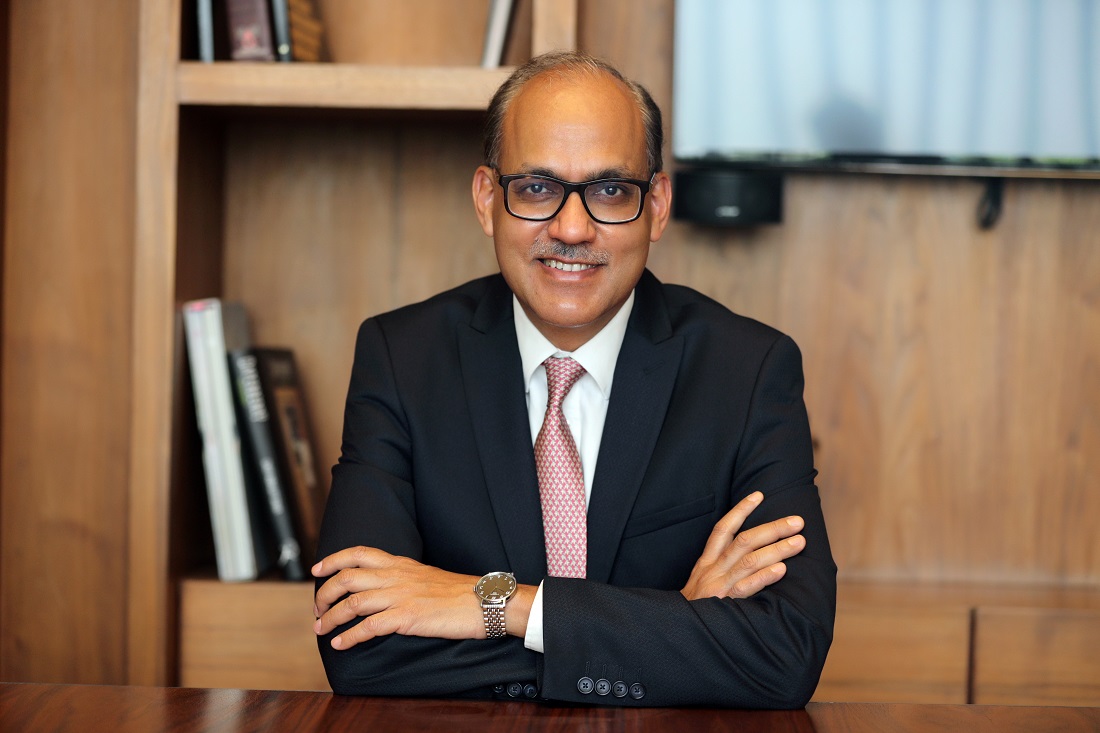ARCS
Banks may see rise in bad loans from retail, MSME segments: SBI MD
For Indian banks, retail and MSME segments could see rise in bad loans even as they flag high growth rates, SBI managing director Ashwini Kumar Tewari said.
For Indian banks, retail and MSME segments could see rise in bad loans even as they flag high growth rates, SBI managing director Ashwini Kumar Tewari said.

For Indian banks, the retail and MSME segments could see a rise in bad loans even as they flag high growth rates, State Bank of India (SBI) managing director Ashwini Kumar Tewari said on Thursday.
The default from this segment has been low so far.
"We cannot have a system where we have a 20% growth year-on-year on MSME and retail and then an NPA (ratio) which will remain below 1% for retail. This is not sustainable, it has to align with the system," he said at an industry event in Mumbai.
As per the Reserve Bank of India’s (RBI) financial stability report, gross non-performing assets (NPAs) for banks fell to a seven-year low of 5% as of September 2022. For the small businesses, the bad loans were higher at 7.7%.
The gross NPA ratio for the small and medium enterprises may rise to 10-11% by March 2024, the Associated Chambers of Commerce and Industry of India and CRISIL Ratings said in a report released today.
These businesses often have weaker cash flows or little equity, which erode quickly in times of stress and eventually leads to defaults, Tewari said. "But clearly, MSME (Micro, Small and Medium Enterprises) stress is something which might be coming."
As of 31 December 2022, Indian banks had around Rs 19 trillion or more than 14% of total loans as outstanding exposure to the MSME sector, according to the RBI data on sectoral deployment of bank credit.
A gross NPA ratio of less than 10% for MSMEs has been achieved largely on the back of write-offs and one-off resolution schemes, Tewari, who heads risk, compliance and stressed assets at SBI, said.
On asset reconstruction companies (ARCs), Tewari said that they must be adequately capitalised as this will allow them to hold the assets for a longer period of time. “If you have to somehow sell it quickly within a year, the valuation discovered will be very low,” he said.
Pointing out that there should be consolidation in the ARC sector, he also said that issues relating to the conflict of interest must be examined.
“Despite India’s size, 28 ARCs may be just too many. If you set aside the top five or six, the others may have just one or two assets,” he added.
“Then there are stories around that it may be section 29 in a different manner,” he said pointing to a provision in the the Insolvency and Bankruptcy Code, which bars related parties from submitting a resolution application in insolvency proceedings.
“That is not good for the system as each such case leads to a reduction in trust among banks and ARCs. There is a section 29 examination of ARCs that has to be done very carefully,” Tewari added.
